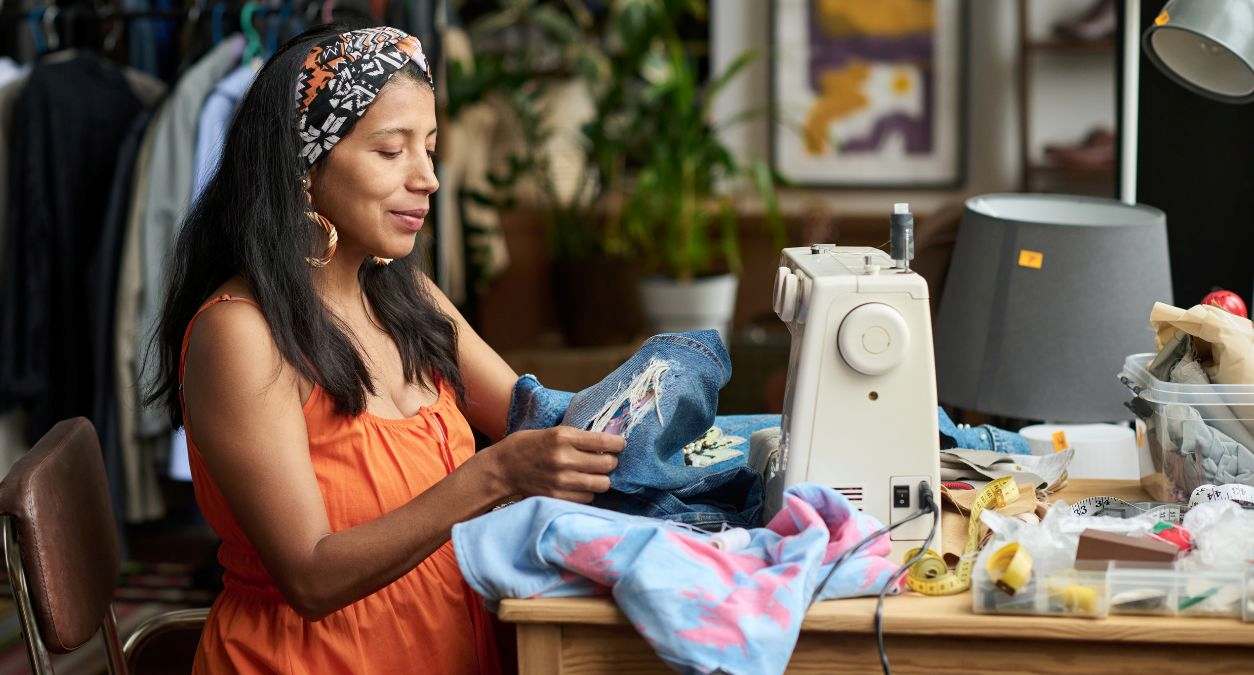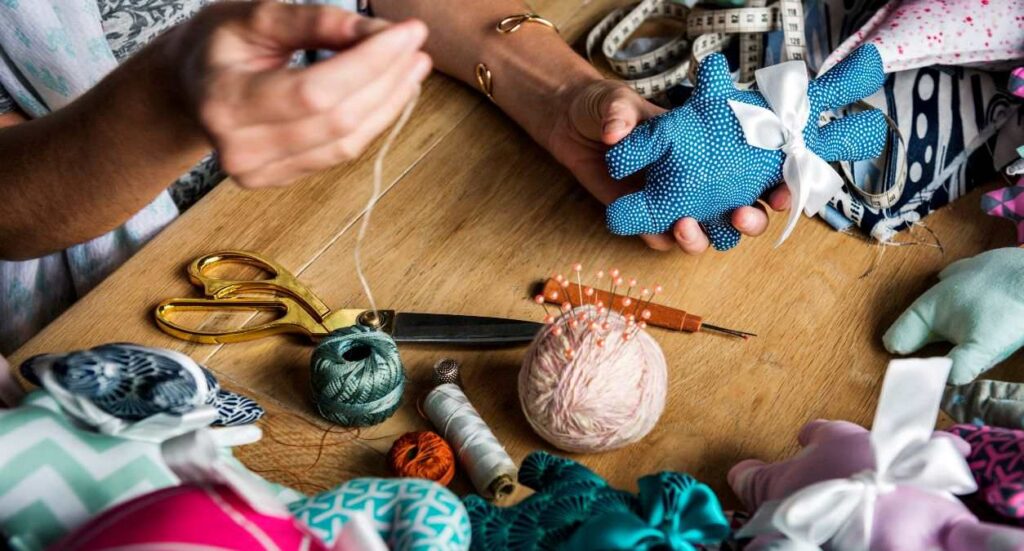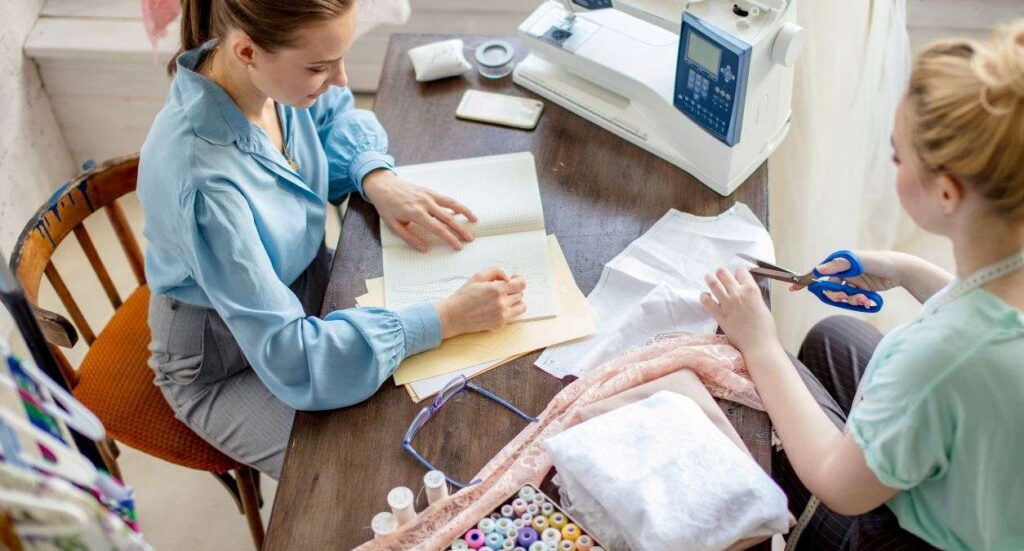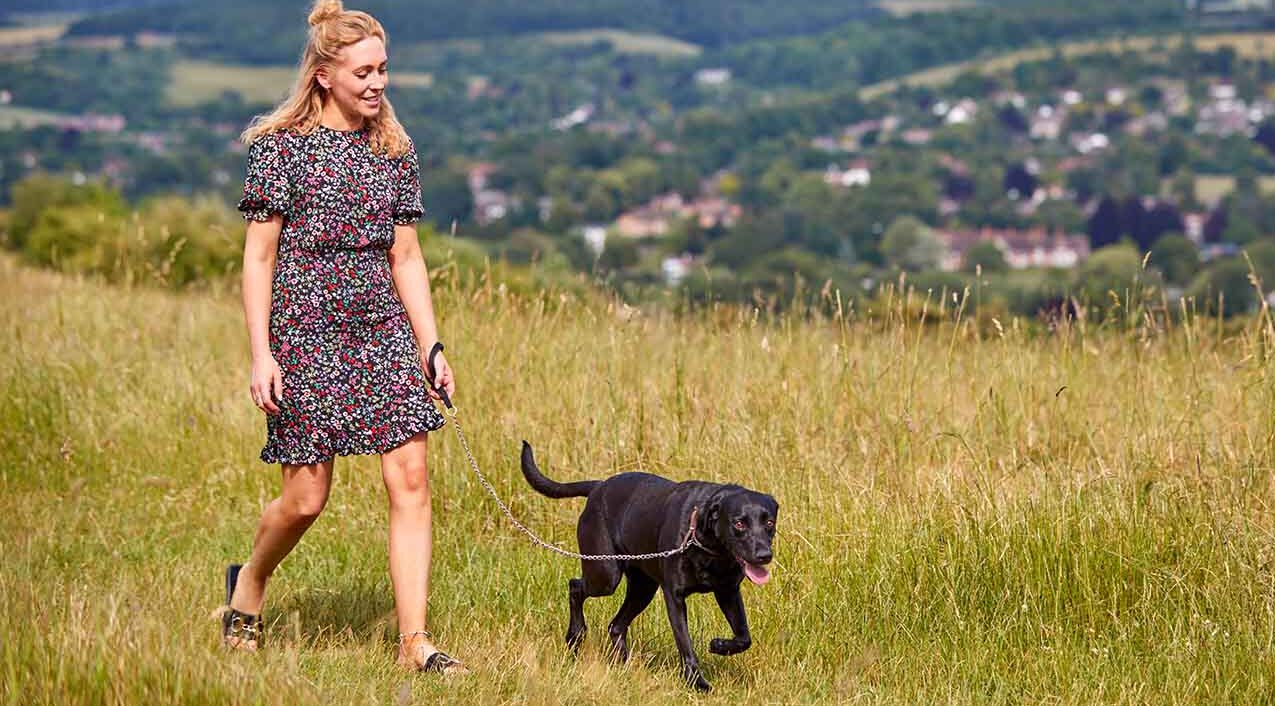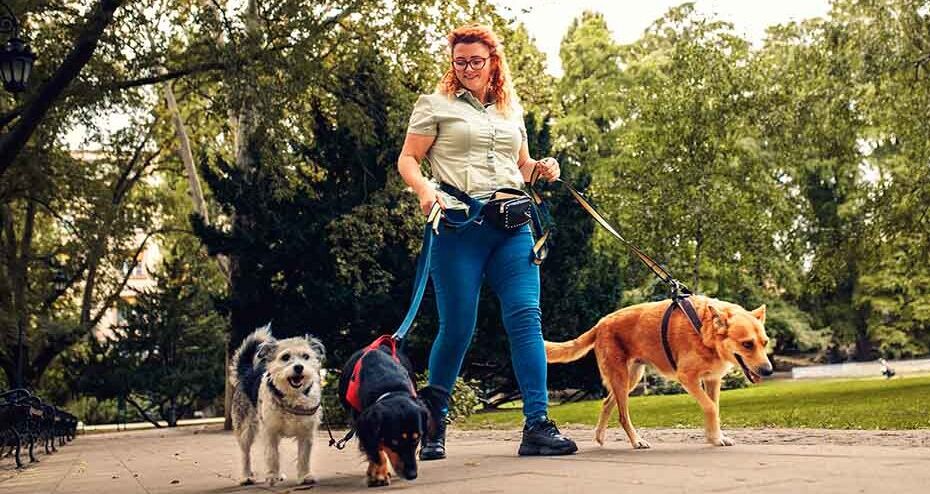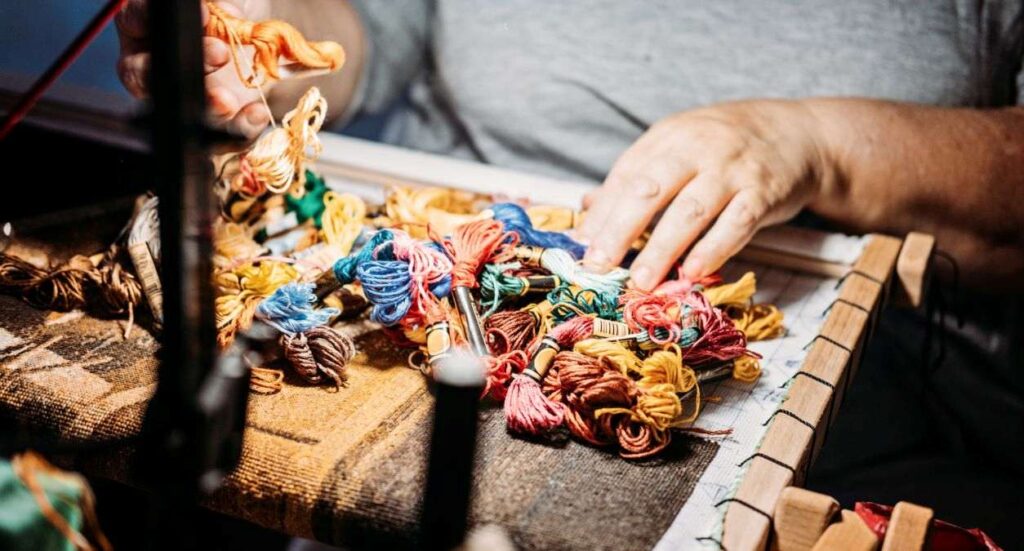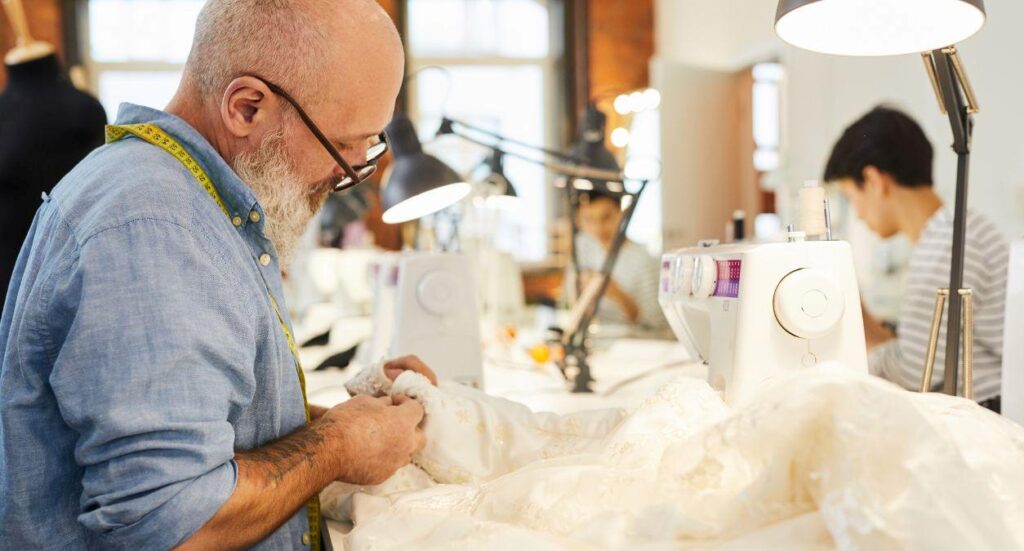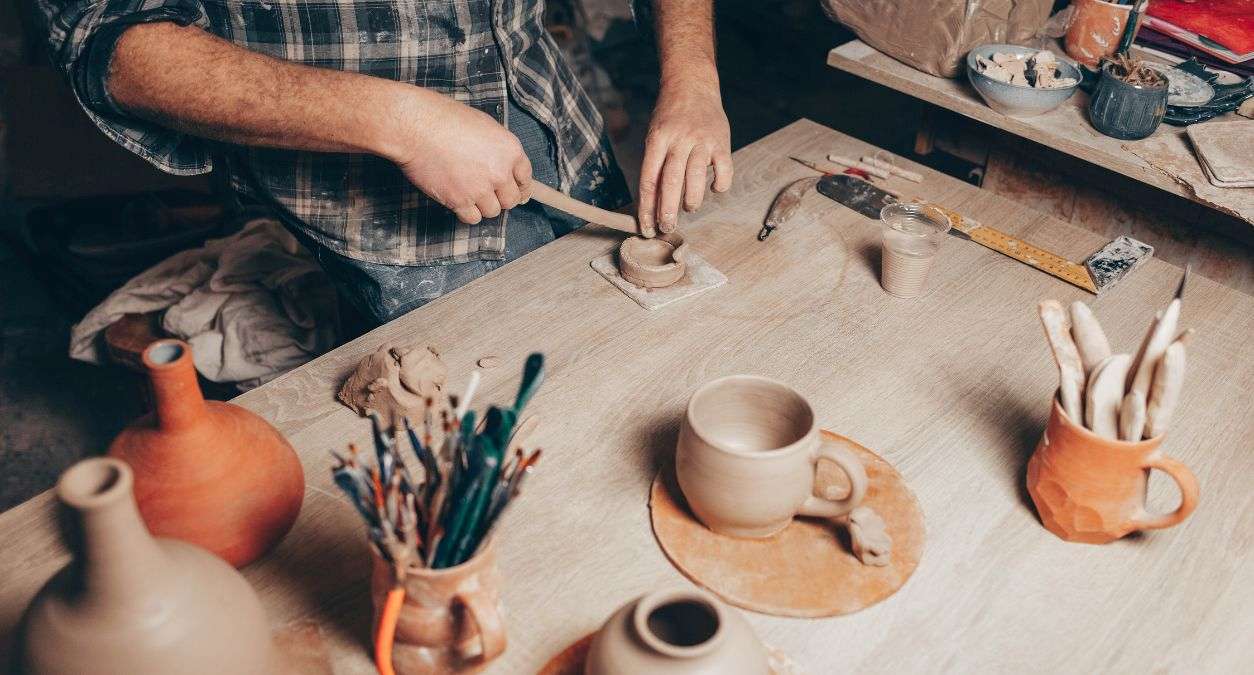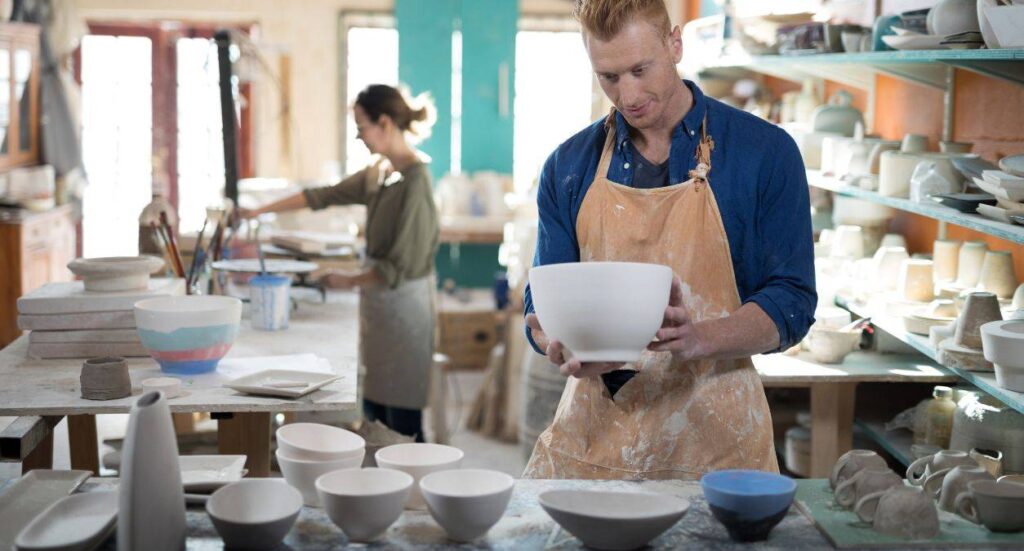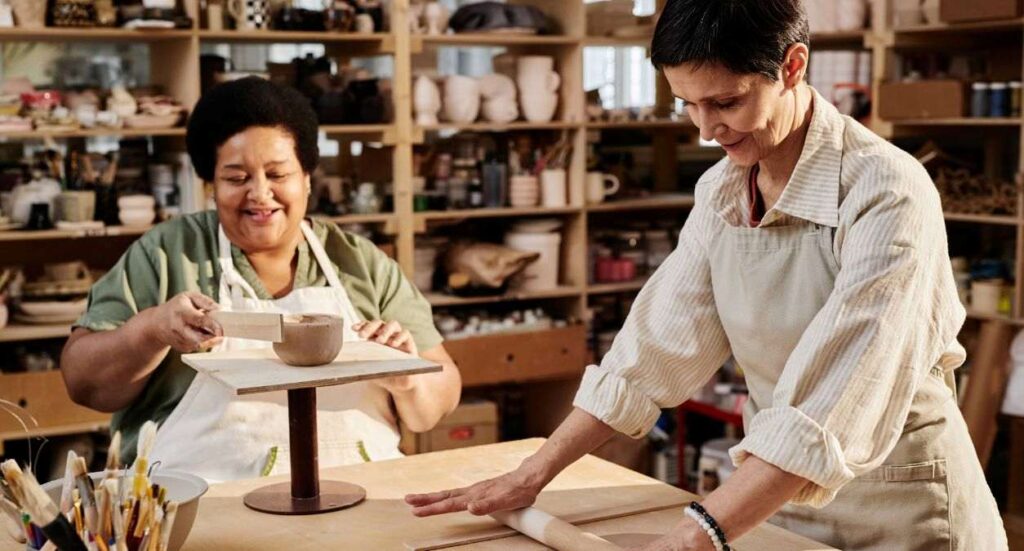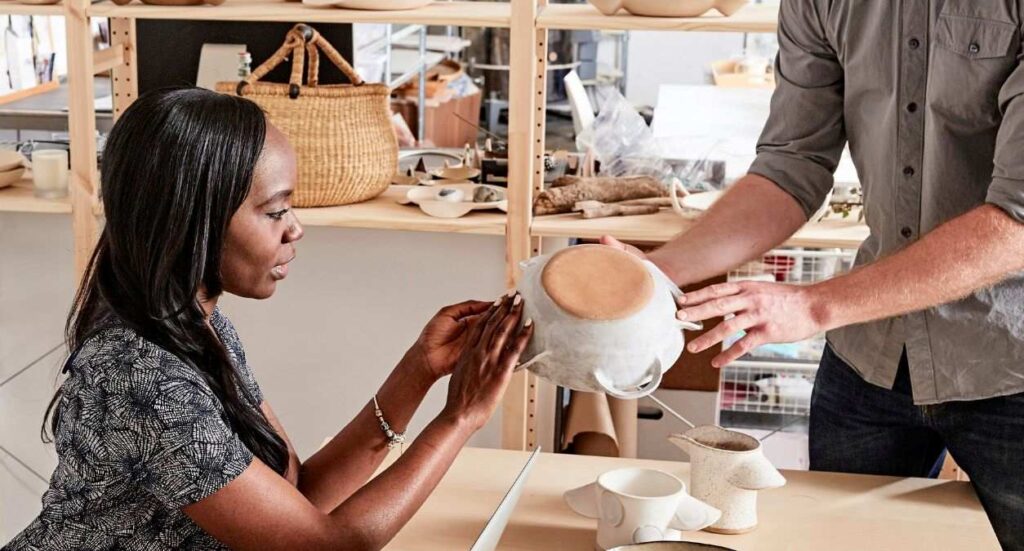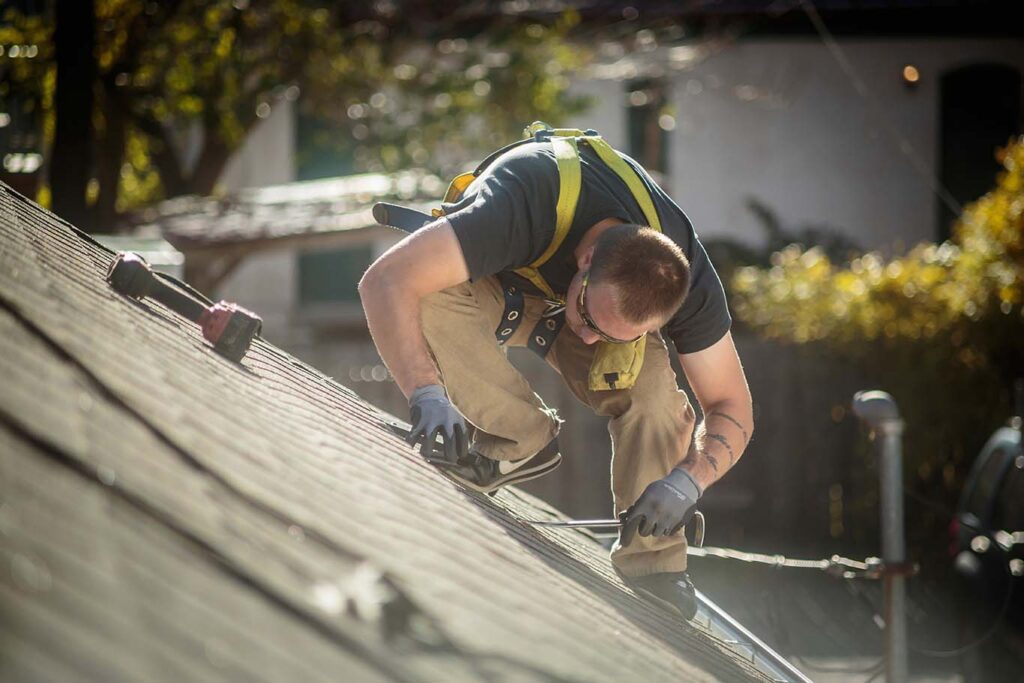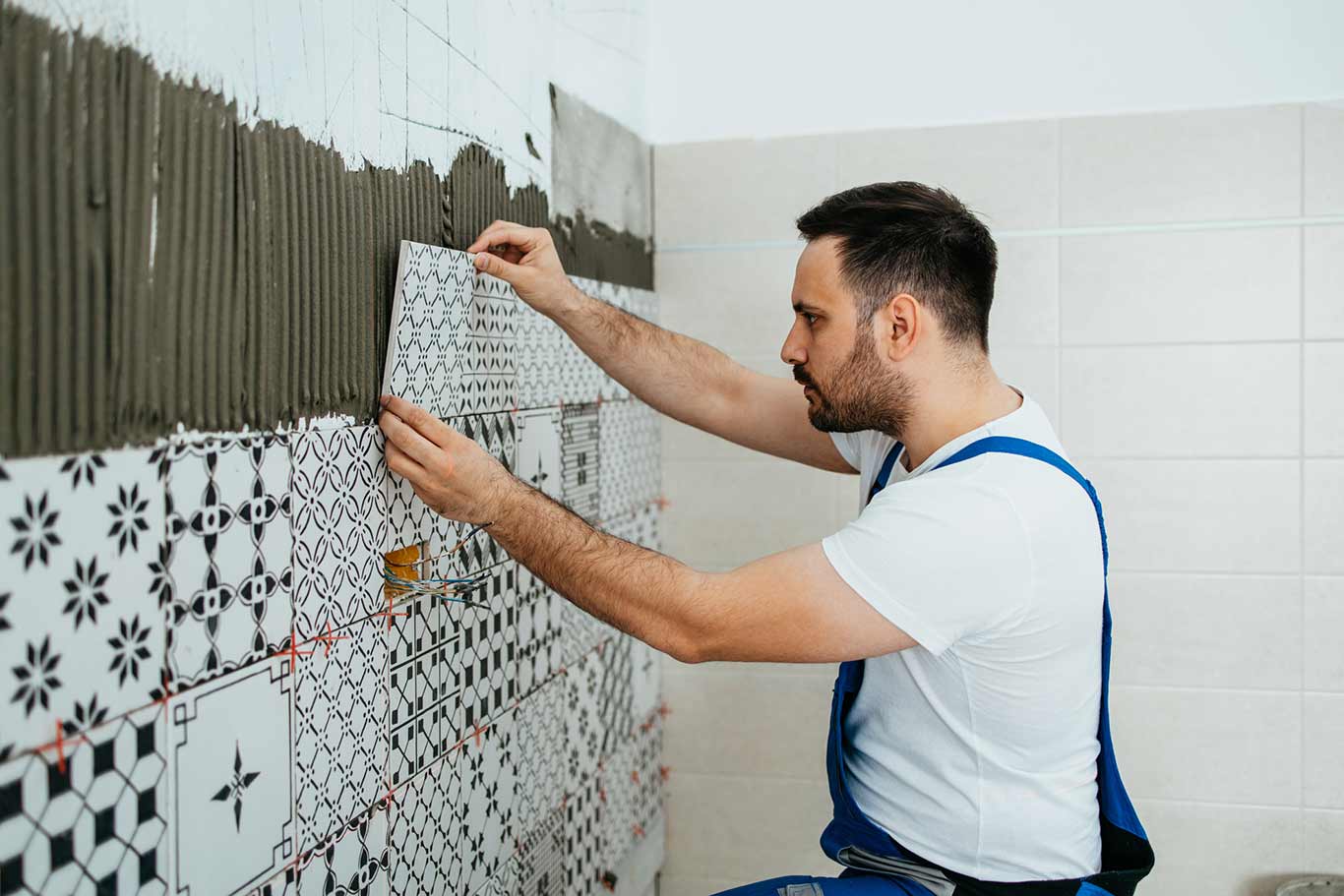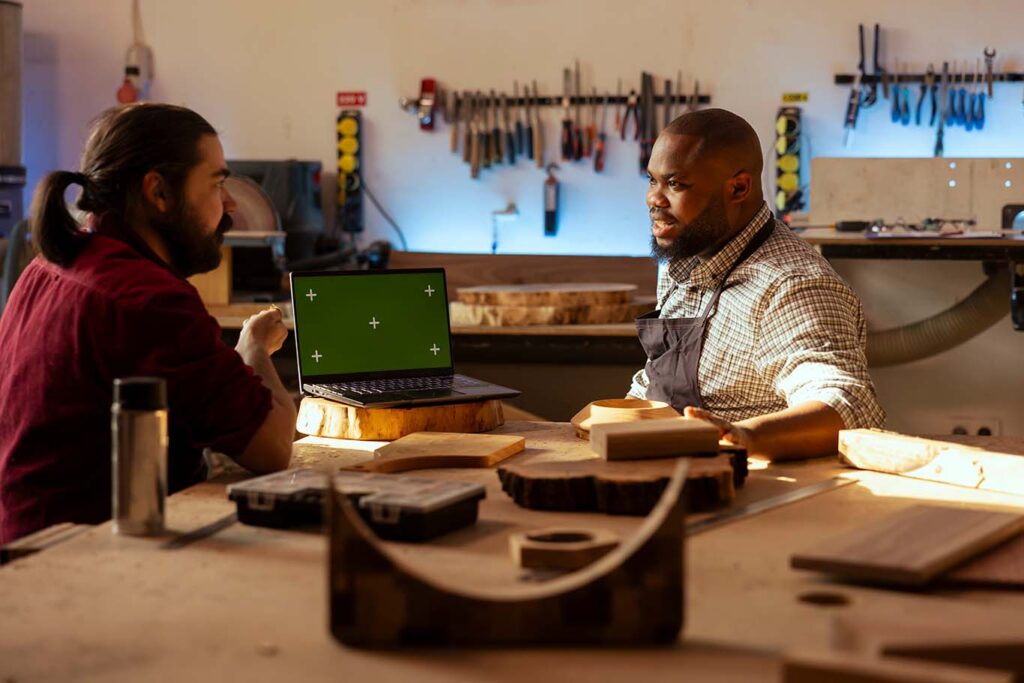Table of contents
Table of contents
In a world where technology evolves at lightning speed, many small businesses are left wondering: Are we falling behind? According to Startups UK, 82% of small businesses feel under pressure to adopt new technologies. Yet many continue to rely on outsourced IT support and freelance tech expertise, which is often limited by both budget and the scope of services provided.
The digital skills gap – the disconnect between what businesses need and what they currently know or can do, is growing. For small businesses, keeping up with tech innovation is no longer just a ‘nice to have’. It’s becoming essential for staying competitive and future-proof.
So, what’s the current state of play — and how can small businesses close the gap? Let’s take a closer look.
Are small businesses keeping up with tech innovations?

Often this will depend on the nature of the business and how much digital assistance is required to ensure it runs at the best capacity.
While many large companies have entire departments dedicated to digital transformation, small businesses often work with limited time, budget, and resources. That doesn’t mean they’re not adopting new tools – far from it – but they’re often doing so reactively rather than strategically.
Cloud software, social media, online payment platforms, and digital marketing tools are widely used among SMEs. But when it comes to more advanced technologies like artificial intelligence, automation, or data analytics, adoption tends to lag behind, yet this won’t be due to a lack of interest.
Many small business owners simply don’t have the time to explore every new tech trend, or the knowledge to assess what’s worth investing in. The result? A cautious approach that can inadvertently leave them trailing their more agile or tech-savvy competitors.
Where are the digital skills gaps for small businesses?
The digital skills gap is not just about coding or mastering the latest software. It spans several areas that affect everyday operations, growth, and competitiveness:
1. Digital marketing
Understanding how to reach customers online through SEO, email campaigns, social media, or paid ads is vital. But many small business owners either outsource this entirely or struggle to keep up with the changing algorithms and best practices.
2. Cybersecurity awareness
It’s a common misconception that cyber criminals only target big companies. In reality, small businesses are often more vulnerable due to weaker security systems and a lack of employee training on things like phishing or password hygiene.
3. Data literacy
From interpreting sales trends to using customer relationship management (CRM) tools, the ability to work with data can unlock valuable insights. Yet many small teams still rely on spreadsheets and manual processes.
4. Tech tools for productivity
Project management platforms, scheduling software, and team collaboration tools (like Trello, Slack, or Microsoft Teams) can dramatically improve efficiency. However, adoption is inconsistent, often depending on individual employees’ comfort with tech.
5. AI and automation
While not essential for every business, basic familiarity with automation tools (like scheduling social media posts or auto-generating invoices) can save time and reduce admin. Many small businesses aren’t yet tapping into these simple gains.
How tech savvy should a small business be?

There’s also the misconception that all technology needs to be adopted. Small businesses often have unique operations and can be overwhelmed by the extent of options out there to opt into and may only have a need for specific tools.
The goal isn’t to become the next Silicon Valley startup. But a basic level of digital fluency is increasingly non-negotiable.
Being tech-savvy doesn’t mean knowing how to code or staying glued to the latest gadget blogs. It means understanding which digital tools can help your business run better – and being willing to learn how to use them effectively.
Importantly, it’s also about mindset. A tech-positive, adaptable approach makes it easier to stay resilient when change inevitably comes – whether that’s new consumer behaviours, economic shifts, or even a global pandemic.
How small businesses can stay up to date with digital workplace practices?
Bridging the digital skills gap doesn’t have to be overwhelming. Small businesses can make meaningful progress by taking manageable steps and embracing simple changes. Even modest digital upgrades now can help ease the transition as technology continues to evolve.
Here are some practical ways to stay up-to-date:
Invest in upskilling
There are countless online resources – many of them free – that offer bite-sized, accessible training. Think Google Digital Garage, HubSpot Academy, or LinkedIn Learning. Even dedicating an hour a week can make a difference.
Tap into local support
Check whether your local business groups, chambers of commerce or councils run digital training sessions or workshops. Many areas have digital champions or mentors offering free advice.
Hire for digital confidence
When bringing on new staff or freelancers, consider their comfort with tech as part of the hiring process. A digitally minded employee can bring fresh ideas and lighten the load.
Start small
You don’t need to transform overnight. Choose one area – like improving your website, automating appointment bookings, or learning how to use a social media scheduler – and build from there.
Subscribe to relevant newsletters and podcasts
Regularly reading industry newsletters or listening to small business tech podcasts can keep you informed without overwhelming your time. Look for sources that break down complex topics in plain English – such as Tech Nation, Startups.co.uk, or Digital Boost.
Follow industry influencers and LinkedIn voices
Many tech-savvy entrepreneurs and digital experts share valuable advice on platforms like LinkedIn, YouTube, or TikTok. Following the right people can keep you in the loop on trends and free resources.
Make use of available training
Most reputable software providers offer tutorials, support forums, or onboarding webinars. Don’t ignore these – they’re often underused but packed with helpful content to get you up to speed quickly.
Partner with digital agencies or consultants (When needed)
If you’re short on time or skills, hiring a freelancer or agency for specific digital needs – like improving your website or setting up analytics – can be a smart investment without needing to hire full-time staff.
The risks of falling behind

The digital world doesn’t stand still. Businesses that don’t keep up risk more than just inefficiency – they risk becoming invisible to customers, missing out on growth, or losing talented employees who expect a more modern working environment.
On the other hand, those that embrace even small tech improvements often find they can punch well above their weight – reaching wider audiences, streamlining their processes, and building a stronger foundation for the future.
Technology can feel intimidating, especially when you’re already juggling the day-to-day challenges of running a small business. But closing the digital skills gap doesn’t mean knowing everything – it means being open to learning and making smart, simple changes.
Every small step matters. Whether it’s signing up for a short course, trialling a new tool, or just asking your team what could be done better digitally – the key is to start.
Get Small Business Insurance from Protectivity
*Disclaimer – This blog has been created as general information and should not be taken as advice. Make sure you have the correct level of insurance for your requirements and always review policy documentation. Information is factually accurate at the time of publishing but may have become out of date.
Last updated by






